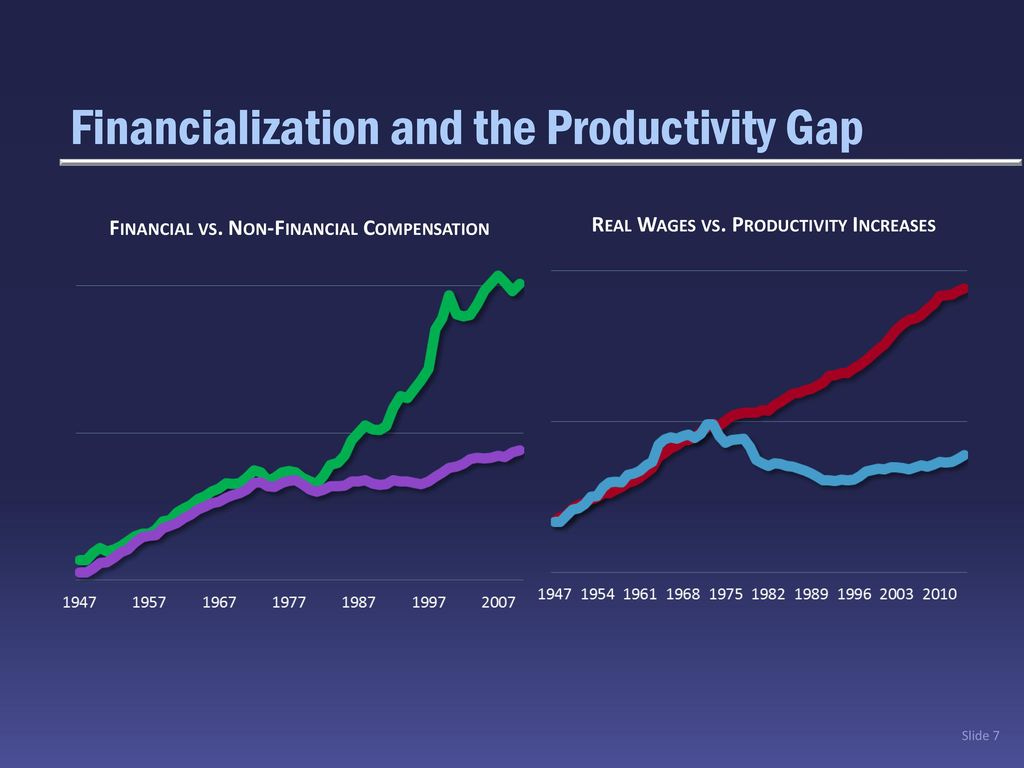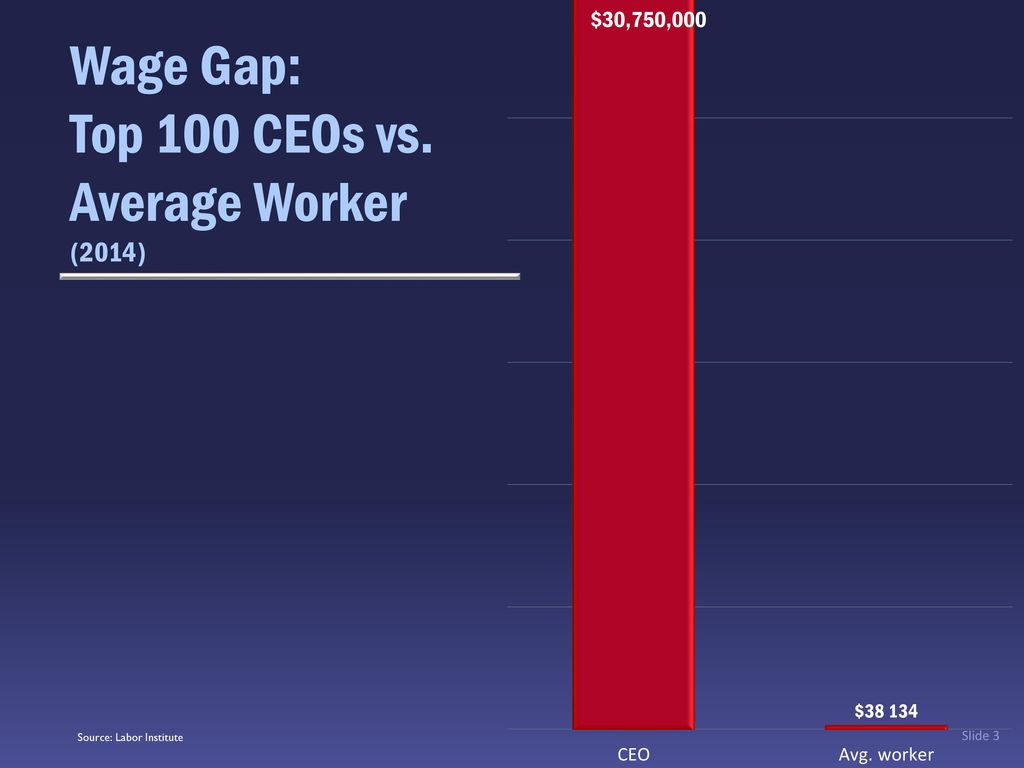Some words
Hey homies.
This email is a dive deep enough for TikTok’s 3-minute time limit. It’s all about how the rich and powerful set up a system to siphon money away from the working and middle class over the last fifty years… *faint smile, feeble two thumbs up gesture*
I apologize for any publishing inconsistency in this humble newsletter. You see, I am now bartending two days full time at “Burt’s Bar”, the loveable Appalachian dive that I happen to live above. Burt’s, along with our 70 paid subscribers, is helping me keep The Holler alive. For both, I am thankful.
Hey if you want to join the funding crowd, smash the subscribe button. It’s $60 for a whole year. You’d spend more at Outback Steakhouse, but subscribing to my newsletter comes *without* a guaranteed case of the runs.
In other news, 450 of you have now found your way here through TikTok. Kings and Queens all. Welcome newbies.
Lots of content being cooked up in the kitchen, so stay tuned and grant a little flexibility on publishing terms. And if you know the actual Burt’s, come see me, whisper “pineapple juice” in my ear, and I’ll kick you out of the bar for being weird!
Video transcript with linked sources
This is the wages vs. productivity graph. It show’s the value workers produce in an hour and how much they’re paid for that hour.
For decades, the deal was you’re paid more as you produce more. Then in the 70s, the rich and powerful decided to break that relationship and take your money.
Some say it was because of automation. But there was insane automation in every decade that didn’t break the lines. That was a human choice that resulted in this…

For every dollar you made in 1971 the boss made $45. It’s a big gap. But nowhere near today. For every dollar you make now, CEOs make $844 dollars. So, how’d they do it?
They busted unions and broke worker power. Reagan fired more than 11,000 government employees on strike in the 80s giving huge companies a green light to break labor everywhere. Pay started flowing from workers who create value to CEOs who extract value.
With a new pro-corporate government and plenty of propaganda, strikes went through the floor and workers lost their power to demand respect and a better life. AND THEN:
They cut the social safety net to historic lows to make the working class even more desperate to fight each other and accept any wage however low. BUT WAIT THERE’S MORE:

They slashed taxes on the rich *so much* that billionaires paid lower tax rates than the working class for the first time in American history in 2018.
Then they slashed taxes on huge corporations. The same ones that helped rig this system, helped break worker power, and are taking all the gains from the system they built.

Oh yeah, and they got rid of rules for wall street which is basically legalized gambling with your retirement account. Wages exploded for wall street bankers, and everyone else got the short end of the stick in the 2008 crash.
All of this is the pro-corporate playbook. And it was adopted by both parties, but much more by Republicans who are true believers in this stuff. And then it got much worse when…

… Citizens United passed and corporate money bought our whole political system to cement all these terrible ideas which have been with us long enough to….

… make this ridiculous graph about the average CEO pay vs. the average worker pay… which is the tiny line you can barely see down there.
These were human choices. All of them were laid out exactly in the Powell Memo of 1971, right before all this stuff happened.
There’s nothing new about the way out this, which is good news. We have to rebuild worker power, stick together, and demand better. We have the numbers.







